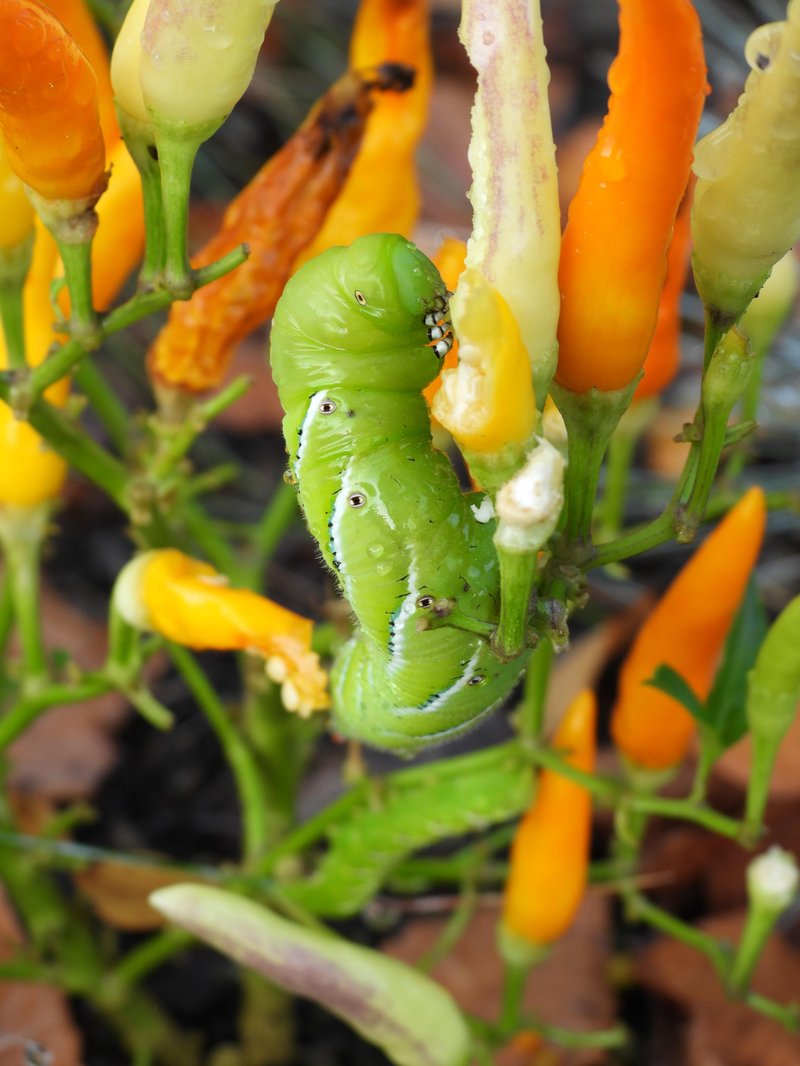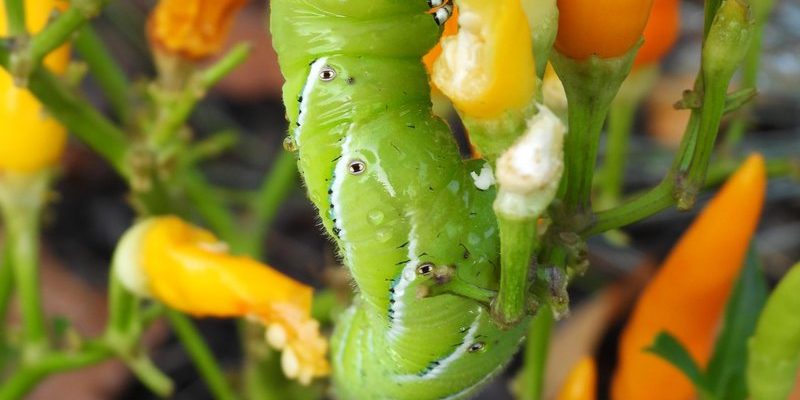
Quarantining your hornworms is like letting a delicious dish sit for a moment to let the flavors meld. It’s essential for keeping any potential pests or diseases at bay. In this guide, I’ll walk you through the steps to effectively quarantine hornworms, giving you the peace of mind that you’re feeding your pets something safe and nutritious.
Understanding Hornworms: An Overview
Hornworms, specifically the *Manduca sexta*, are the larval stage of the tobacco hornworm moth. They’re notorious for their bright green color and striking appearance. Not only do these caterpillars make a great source of food for reptiles and birds, but they’re also quite easy to manage.
To truly benefit your pets with hornworms, it’s important to know how to care for them. They thrive in warm, humid environments and need fresh foliage, like tomato leaves, to munch on. However, before they can join your pet’s menu, they should be quarantined. This ensures they’re free from contaminants or illnesses.
Why Quarantine Is Important
You might be wondering, “Why do I need to quarantine hornworms when they seem perfectly fine?” Here’s the thing: just like any living creature, hornworms can carry pests or diseases that might harm your pets. Quarantining them for a couple of days allows you to observe their behavior and health for any red flags.
Additionally, hornworms go through various growth stages. Quarantining gives you a chance to monitor them as they transition. Not only does this help catch any potential issues early, but it also gives your pets the freshest, healthiest treats possible!
Setting Up a Quarantine Space
Creating a quarantine space for your hornworms doesn’t have to be complicated. Think of it as setting up a cozy apartment for your new roommates. You will need a few basic items:
- A small container or enclosure with ventilation
- Moist paper towels or a substrate to maintain humidity
- Fresh leaves, like tomato leaves, for food
- A thermometer to monitor the temperature
Ensure the environment is warm, ideally between 75°F to 85°F. If your home is cooler, consider using a heat mat. The key is to simulate their natural habitat, providing the right balance of moisture and warmth.
How to Introduce Hornworms to Quarantine
Once you have your quarantine space ready, it’s time to introduce your hornworms. Carefully transfer them from their original container to the new setup, handling them gently. You wouldn’t want to drop them like they were a greasy slice of pizza!
After placing them in their new home, observe how they interact with their surroundings. This is a good time to check for any unusual behaviors or signs of stress, like excessive wriggling or lethargy. If they seem to settle in well, you’re on the right track!
Monitoring Your Hornworms
Keep your eyes peeled during the quarantine period, which should last about 3 to 5 days. You want to look for specific signs that indicate their health. Here are some things to check:
- Healthy appetite: Are they munching on the leaves?
- Clear skin: Look for any signs of discoloration or spots.
- Active movement: Healthy hornworms should be wriggling around.
If everything looks good, congratulations! Your hornworms are ready to join the dinner party. But if you notice any red flags, it might be wise to consult a vet or do a bit of research to ensure they’re safe.
Tips for Maintaining Healthy Hornworms
Now that you’ve got your hornworms successfully quarantined, let’s talk about keeping them happy and healthy. Here are some tips to ensure they thrive:
- Keep the enclosure clean: Regularly remove any waste or old leaves.
- Provide plenty of food: Hornworms can eat a lot, so supply fresh plant matter daily.
- Monitor humidity: Use a spray bottle to lightly mist the enclosure if it feels too dry.
If you treat your hornworms well, they’ll reward you by growing quickly and providing the best nutrition for your pets.
How to Transition Hornworms to Your Pets
Once the quarantine period is up and your hornworms are healthy, it’s time to serve them up to your pets. But don’t just toss them in carelessly. Introduce them slowly, allowing your pets to get used to this new delicacy. You might find that some pets might need a little encouragement to eat.
Here’s a simple plan for introducing hornworms:
- Start with one or two hornworms to gauge your pet’s reaction.
- Observe how they eat; if they seem hesitant, try different feeding methods.
- Gradually increase the quantity over a few days.
Feeding should always be a happy experience for both you and your pet.
What to Do If You Encounter Issues
Even with the best preparations, sometimes things don’t go as planned. If you notice that your hornworms are not eating or appear sick, there are a few troubleshooting tips that can help.
First, check the environment’s temperature and humidity levels. Make sure they haven’t been exposed to any drafts or sudden changes. If you’re concerned about pests or diseases, consider consulting a local vet or an expert who specializes in exotic pets.
Remember, your goal is to create a safe and nurturing environment. If you can’t resolve issues on your own, it’s always better to ask for help than to risk your pets’ health.
In conclusion, quarantining hornworms isn’t just a best practice; it’s essential for the well-being of your pets. By taking a little extra time to monitor their health and creating a cozy quarantine space, you ensure that your pets are getting only the best nutrition. Happy feeding!

